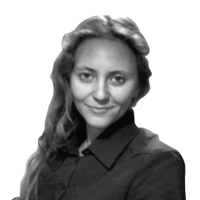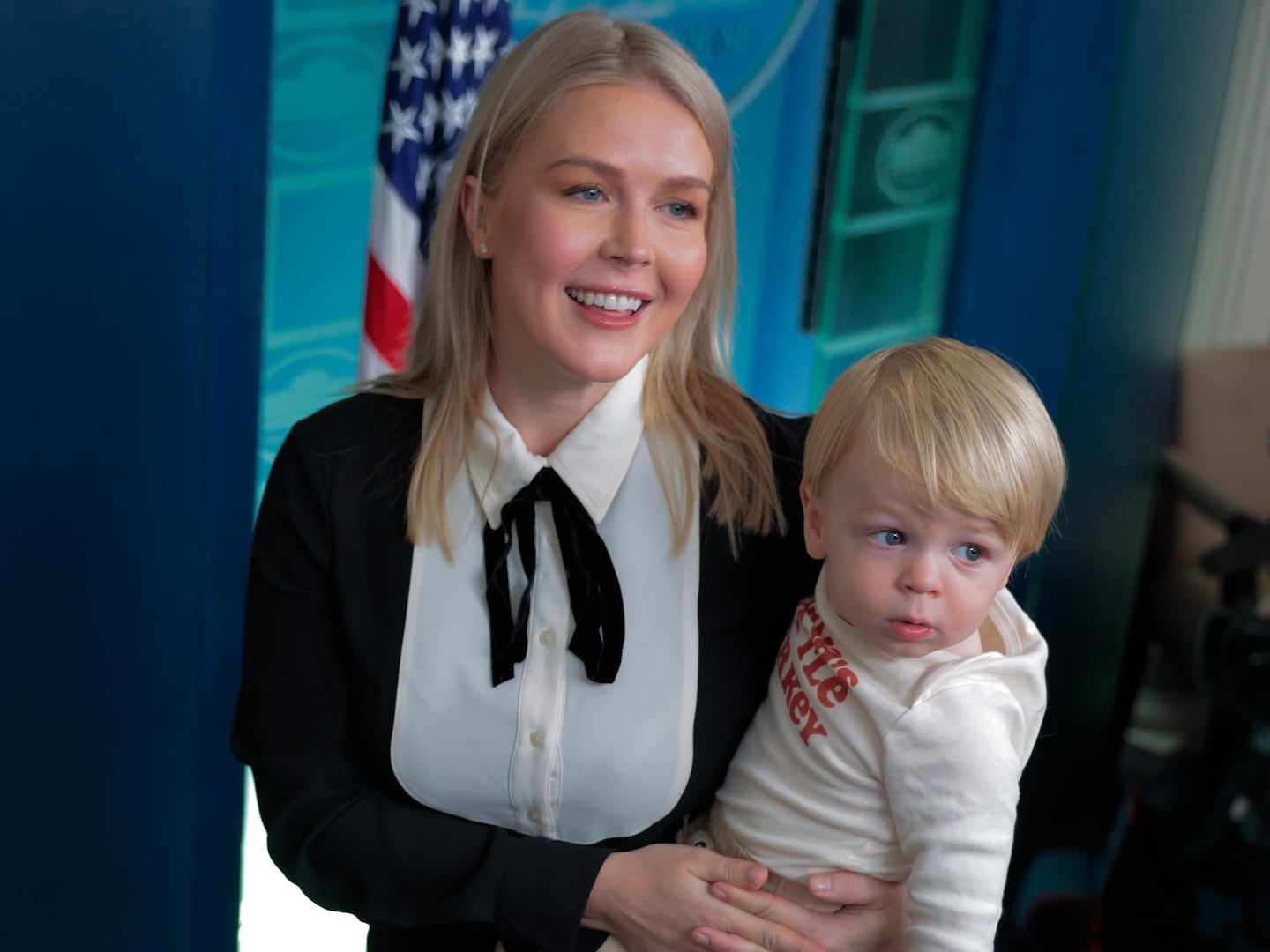DONETSK, Ukraine — The echoes of artillery faded into the background on the outskirts of this embattled city on Friday, and at the slightest opportunity peaceful life returned to people whose lives have been torn by heavy artillery attacks for almost a year.
Pedestrians and traffic filled up the downtown streets. There was even a line of theater lovers buying last tickets to the ballet “Giselle” at the opera house. But not many in the self-proclaimed Donetsk People’s Republic (DNR) believed in peace. People had no illusions about the latest truce holding this time—this is just a short break before the war continues, people said.
“I will tell you exactly what will happen next,” said Oleg, nicknamed Mamai, the commander of an “international militia unit” that included fighters from Russia, South Ossetia and Abkhazia. Mamai came from the Russian city of Vladikavkaz to fight against Ukrainian forces last April, “to be a real helper for the Russian empire and serve our Tsar Vladimir.” Russian President Vladimir Putin, that is.
Mamai’s predictions for the future peace agreement, to which Putin had devoted about 17 hours of his life, sounded dark. In Mamai’s interview with The Daily Beast on Friday he affirmed the official message by the DNR defense ministry: If the Ukrainian army continued fighting, there would soon be “a much bloodier” battle over Mariupol on the coast. “The goal is to enlarge the buffer zone between Russia and NATO and ideally, establish pro-Russian power in Ukraine,” Mamai explained.
As far as the fighters in eastern Ukraine are concerned, NATO is just over the horizon although it has no physical presence on Ukrainian territory. Indeed, the question of whether its members will supply lethal weapons remains under debate in Europe and in Washington.
Meanwhile commemorations devoted to violent battles for the European future have begun on Ukraine’s main square, Maidan Nezalezhnosti. One year ago over 100 people were killed in violent clashes on the square, including 17 policemen. People lay flowers and lit candles around the portraits of victims, heroes of the Euromaidan revolution. Ukrainian President Petro Poroshenko said in a public address on Friday: “Now it’s clear that a year ago we were not fighting against [deposed President Viktor] Yanukovich. Moscow prepared to eliminate and break Ukraine apart before Maidan,” Poroshenko said.
President Poroshenko promised to reform Ukraine and re-enforce the country’s army to defend the state. “No matter how hard it is going to be, I will do everything, so the great sacrifices our people have suffered in the past year, would not, God forbid, be in vain. I swear,” Poroshenko concluded.
Back in Donetsk rebel commander Mamai also spoke about his own fierce commitment. “For Russia I would sacrifice my life and the life of my only 18-year-old son, so we’d win this war and not live under the power of Europe and America”.
This week busses full of Russian volunteers as committed as Mamai crossed the border between Russian region of Rostov and the self-proclaimed DNR, controlled by Russian border guards alone. They were in groups of 50 men and women of all ages, many in uniforms.
"Even if the worst came to worst and the war in Ukraine grew into WWIII nuclear conflict, we’d still fight on,” said Mamai, who is 37 and has no memory of the world wars and very little of the Cold War.
Mamai spoke passionately about his hopes for the future of Donetsk. In the midst of heavy fighting last fall his son Zaur arrived from Russia to join the rebel militia. Mamai said that his son’s character had changed in Donetsk. “He grew quiet and modest.” After a month of fighting, in appreciation for his son’s courage, Mamai presented Zaur with a machine-gun.
“We are Ossetians,” he told me, “and as with any men from Caucasus war is in our blood. I can see here that Russians sleep for a long time but if they wake up to fight for a good cause, nothing can stop them.”
Elsewhere in this city, while regular rebels felt fatalistic about the continued war and the local population of Donetsk longed for peace, a couple of dozen Soviet veterans, chests covered in medals, gathered at a local WWII museum to remember their Great Patriotic War and talk of the current more confusin one.
The museum’s walls were covered in Red Army flags alongside portraits of Stalin and other Soviet leaders. One by one veterans stood up to tell about their war experience—their friends wounded and killed fighting Nazi soldiers and tanks.
“It was clear who the enemy was back in 1941-1945, but who is the enemy in this war?” Raisa Pudak, a teacher of English at School Number 8 asked me. “There is no enemy. We all have relatives both in Russia and in Ukraine.”
Would the truce finally hold? Would rebellious DNR and LNR become a part of Ukraine one day?
“I am afraid that Ukraine will never be the country we knew,” Pudak said. Big tears ran down her face.





